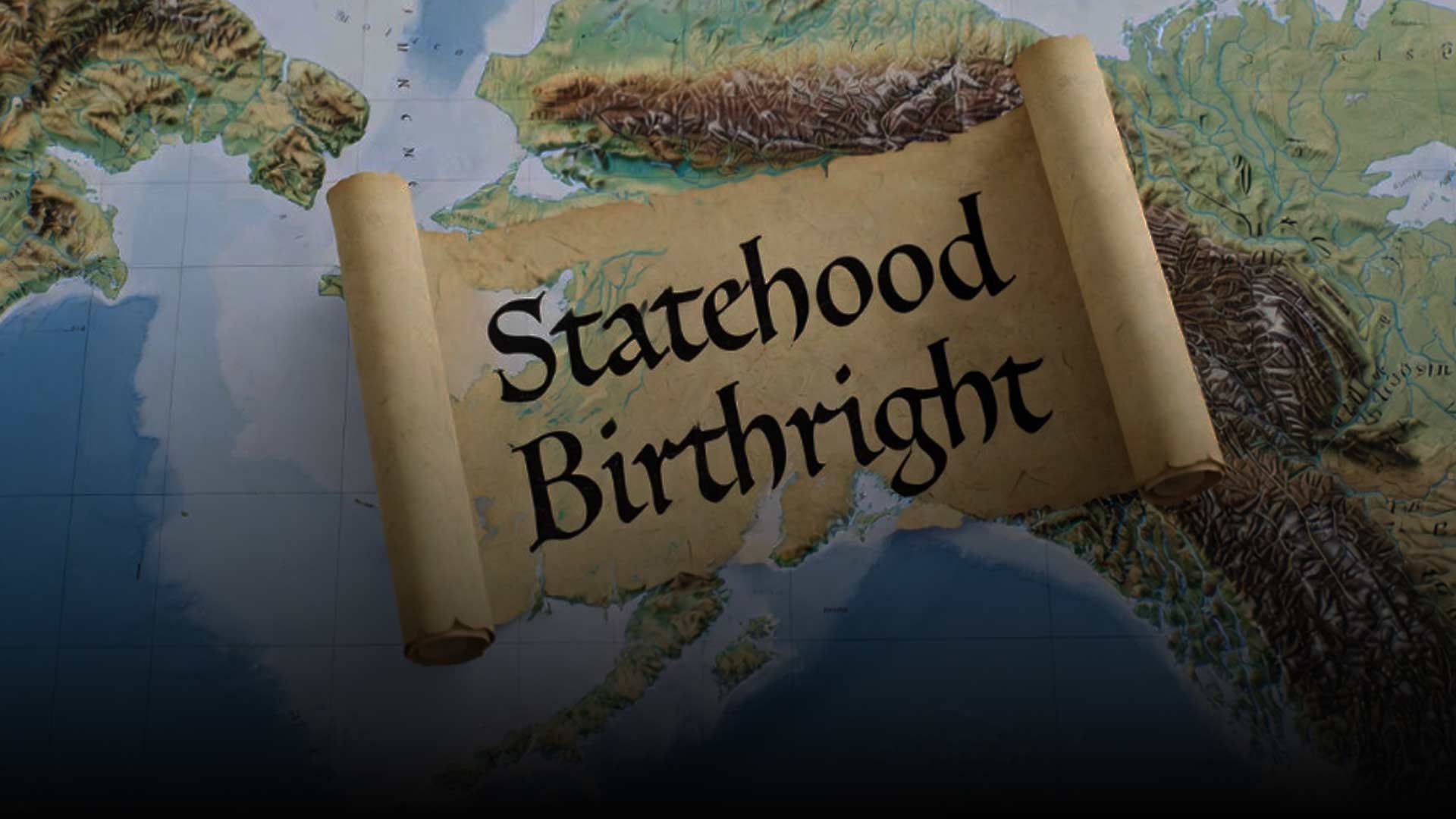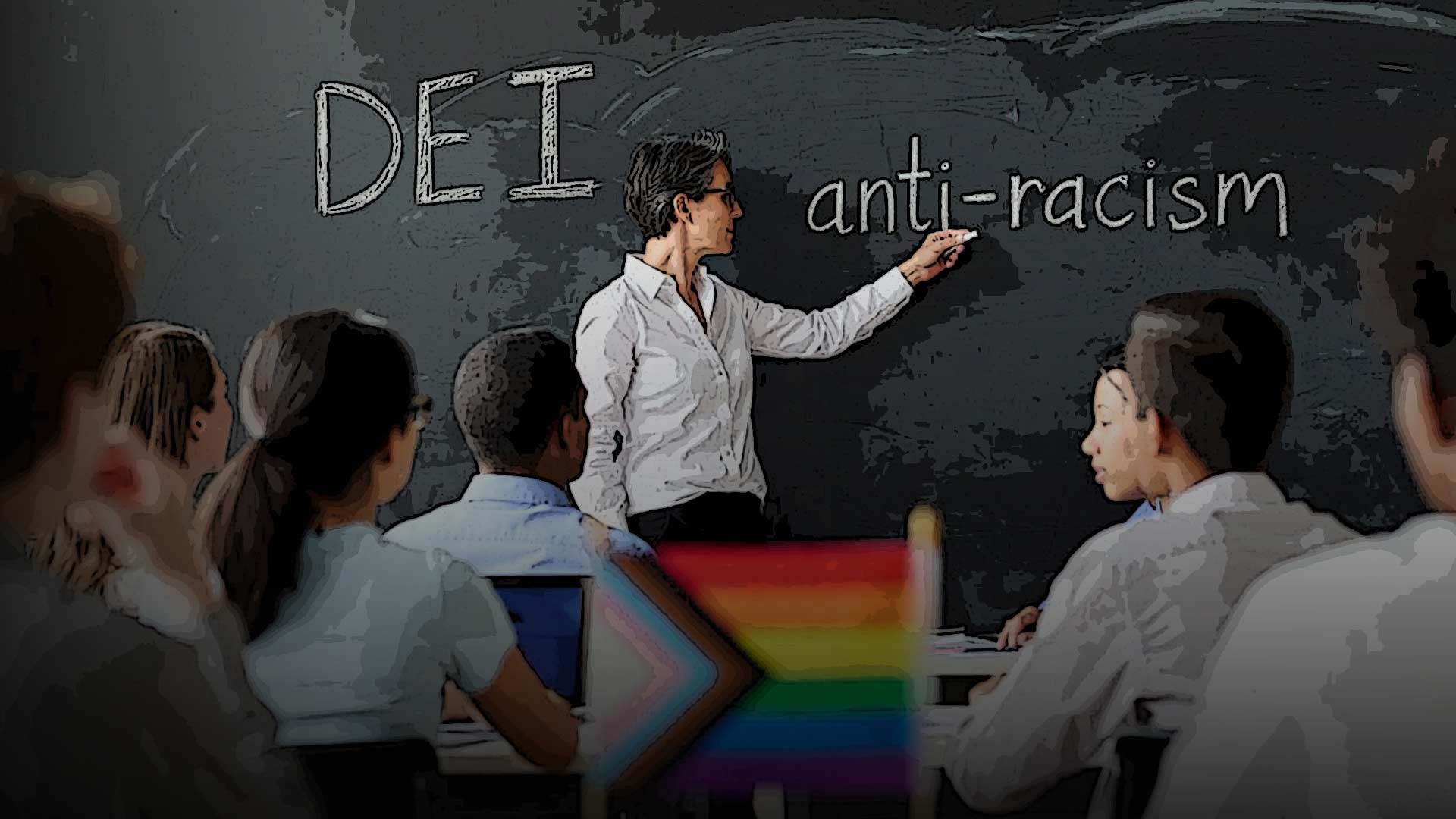
By Sarah Montalbano – Alaska Policy Forum
Total spending per Alaska K-12 student was more than $18,000 in 2020 — 35% more than the national average, and that doesn’t count millions of dollars in COVID-19 relief and some other related funds.
That might be alright if the state was seeing dramatic improvement in educational outcomes; after all, a decent education doesn’t necessarily come cheap. But we’re not getting the outcomes we’re paying for: Our state is at the bottom of the nation in reading and math. Increasing education spending without demanding improvements in outcomes would be a mistake.
Alaska’s fourth graders were 49th nationwide in reading on the 2022 National Assessment of Educational Progress, or NAEP. Fourth graders are 15 months behind the national average in reading and only one in four are reading at grade level.
Throwing more money at Alaska’s dismal educational outcomes sounds nice until one considers that increases in funding are often funneled into administrative and support staff, not teachers.
Mathematics is a similar story: Alaskan fourth graders have lost six months of learning since the 2019 NAEP and are a year behind the national average.
It’s tempting to blame this situation on pandemic school closures, and while those certainly didn’t help, the situation has been dismal for a long time. Alaska has ranked within the bottom 10 states on fourth-grade reading since 2003.
Increased spending is being treated as a cure-all for Alaska’s education system. The Alaska Association of School Boards, or AASB, is pressing the Legislature to raise the base student allocation, aka BSA, by at least $860 per student. The Senate Education Committee has introduced a bill to increase the BSA from $5,960 to $6,960. This $1,000 increase would be multiplied by a district’s average daily membership and weighted for students with special needs and students in rural areas. The Legislative Budget and Audit Committee estimates a total increase of $257 million in state funding in 2024 if the BSA were raised by $1,000.
Throwing more money at Alaska’s dismal educational outcomes sounds nice until one considers that increases in funding are often funneled into administrative and support staff, not teachers. Alaska’s expenditures on education rose by almost one-third between 2002 and 2020 after adjusting for inflation. Revenues from federal sources increased by 7% and local sources increased by 12% — while state revenues increased by 50%.
If the Legislature is going to amend the base student allocation, it should tie Alaska’s school funding formula to outcomes and stop handing districts a blank check without accountability.
Where did that money go? It wasn’t to teachers in the classroom: Per-pupil spending on instructional salaries increased by a minuscule 1% between 2002 and 2020. The number of teaching staff declined by about 7% from 2002 to 2019. At the same time, per-pupil spending on school and general administrator salaries increased by 42% and 18%, respectively. In line with this increase, the number of non-teachers increased by 5% statewide from 2002 to 2019.
It’s clear where Alaska’s priorities are. More positions outside of the classroom are being funded than those within the classroom. Teachers comprised more than half of all staff in only seven of Alaska’s 53 school districts in the last academic year. Statewide, there are three teachers for every four staff performing functions other than teaching.
While some of these functions are surely worthwhile, they’re obviously peripheral to ensuring students leave Alaska’s schools with the basic skills needed to succeed.
Funding should be prioritized for teachers and students in the classroom.
ALASKA WATCHMAN DIRECT TO YOUR INBOX
Simply increasing education spending won’t cure Alaska’s lackluster public education system. Instead, funding should prioritize students rather than staff and reward good outcomes. We should take a lesson from Tennessee, which recently simplified its school funding formula to allow greater flexibility in district spending. The state now allocates $6,860 per student and adjusts for students in rural communities, special needs students, English language learners and low-income students.
In addition to direct grants for early literacy and other programs, Tennessee’s funding formula includes outcomes-based funding that incentivizes schools for elementary students proficient in English language arts. For high schools, districts are rewarded for students who score well or improve their scores on college entrance exams or earn an industry credential.
Alaska should move toward requiring districts to show academic improvement — and the districts getting results are often those spending their funds directly on teachers and students, not administrative bloat. If the Legislature is going to amend the base student allocation, it should tie Alaska’s school funding formula to outcomes and stop handing districts a blank check without accountability.
The views expressed here are those of the author.








6 Comments
Good article. Alaska needs to have some form of school choice where the money goes directly into the hands of the families rather than the Communist unions. That way the parents can decide who is doing their job and who isn’t. What is best for reading writing and arithmetic and NO SEX ED by the government schools.
Great article! Alaska has been top heavy for at least twenty years, but,,do consider that remote villages do require a great deal more expenditure than schools on the highway system. Teachers in village make at least twice what city teachers make. They should, but that does skew the per pupil expenditure.
When was the last audit on the ASD
Better education outcomes starts at home. I worked in the AK public schools, it is horrifying how many parents drop their kids off at the door, but don’t support what the child is learning. My children did very well in the AK public schools, but I supported their learning at home.
I am curious as to what you mean by saying that parents don’t support what the child is learning? The only times I have ever seen a parent not support what the child was being taught in school is when the educational content did not meet the expectations that the parent had for the child’s education. I have seen teachers asking children to keep journals and to write about their family and their home lives. While, this might be innocent, I do not agree with it because it invades the family privacy. I have seen parents, 10-15 years ago, not allow their children to participate in sex education because the sex education was getting more graphic. I know that families who teach their children about our Heavenly Father also teach them age-appropriate information about relationships between men and women and how our Heavenly Father views intimate relationships outside of the marriage. Many parents make time to help kids with their homework, answer questions, get involved where they can. Last time I heard, kids did very little relevant work in class and got a lot of homework OR did very little relevant work in class and did no homework. I cannot see any reason to hand a school district more money when only a select few are getting educated.
“Abusive” really is too tame a word. Most forms of abuse leave the victim with some hope of eventual recovery. This is reminiscent to lobotomy, or involuntary sterilization. This is a degree of wanton cruelty which needs a much stronger term.
To knowingly groom a child into the trans subculture, rob him or her of both primary and secondary sex characteristics and fertility, and then abandon the victim to fate? This is a dystopian horror barely short of murder. We may need a new word. –Elizabeth Conley
The same could be said for our precious Alaskan children who are taught by those who have no intention of building them up and bettering them for a bright future but rather confusing them, disturbing them emotionally, prioritizing the body over the mind, and generally robbing them of their most wonderful hours of growth and development into what they are to be in this world….not in some perverted subculture. Of course the parents step in and insist on something else. To waste a child’s time is anathema and in many cases there is no way to recover.